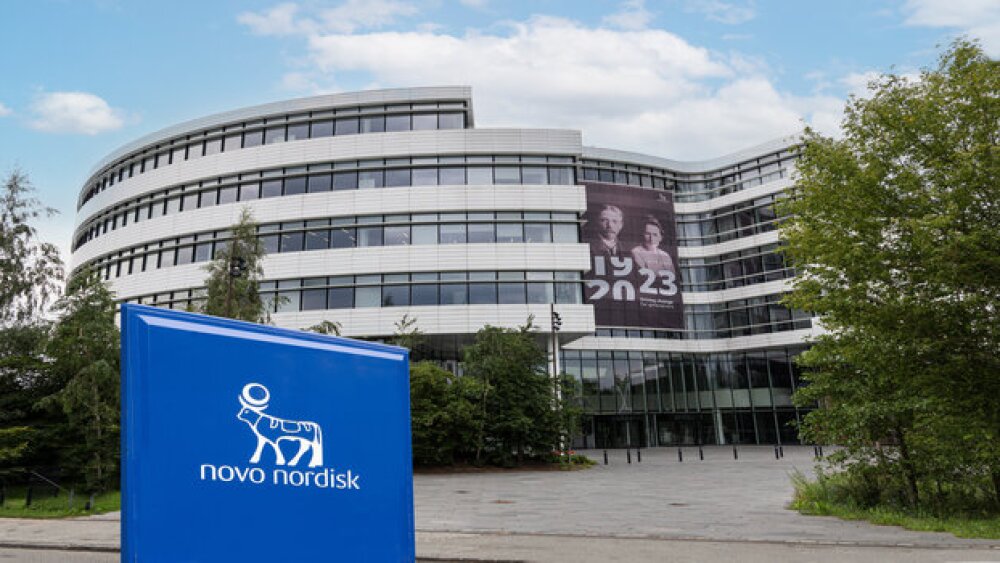The study data shows that the amount hospitals receive after negotiations with commercial payers is, on average, almost twice what they paid to acquire the medicine.
A study commissioned by Pharmaceutical Research and Manufacturers of America (PhRMA) revealed that hospitals across the United States typically charge five times more for medications than their costs. This results in an increase in cost-sharing and premiums for patients, the study found. The latest study follows one conducted two years ago with similar results.
The pricing analysis was conducted by the Moran Company and builds on a previous study conducted in 2017. Both studies analyzed the cost of 20 medications administered in hospitals found that the amount hospitals receive after negotiations with commercial payers is, on average, almost twice what they paid to acquire the medicine.
The study comes hard on the heels of a White House proposal executive order directing the government to set up regulations and guidances that will require insurers, doctors, hospitals and others in the industry to provide information about the negotiated and often discounted cost of care. The rule would compel hospitals and other medical practices to publicly disclose the negotiated amounts they charge insurance companies. The goal of the executive order is to arm patients with pricing data in order to provide them with a greater control over their health care costs, particularly as some life-saving drugs, such as insulin, have seen their prices double between 2012 and 2016.
The pharmaceutical industry has borne the brunt of blame over the high costs of medications, however, PhRMA and other industry associations have pointed to other players as the real culprits of escalating costs of prescription drugs. The data from the two Moran studies implies that the criticisms raised by pharma trade groups are correct in that assessment, at least regarding pricing established through hospitals. A study released last month also showed that the murky rebate system also drives up the costs of prescription medicines.
In addition to examining the 20 drugs, the 2019 study also estimated what the price increases mean for hospitals that acquire medicines through the 340B drug discount program, which was designed to provide medications for uninsured patients. While the 340B program aims to keep drug costs lower for those patients, the study found the opposite happened. According to the study, data from the hospitals “show they are providing less and less care to needy patients.”
In order to determine how much money the hospitals were making off of the markups on the drugs covered by the 340B program, Moran said it “applied a conservative 340B discount to the medicines” in the sample. The discount was “25% off a public Medicare Part B drug price known as “Average Sales Price,” which reflects an average discount given to all U.S. purchasers (except certain sales) to hospital markups at 340B hospitals.” Moran said it is a conservative estimate of manufacturer discounts as the average 340B discount can range from 25% to 50% off a medicine’s list price. As an example of its estimate, Moran said a medicine with an average sale price of $2,500 can be purchased from the pharma companies for an estimated $1,875. Then, the hospitals can mark up the price in order to receive payment of $6,000 from an insurer for the cost of the medicine. According to Moran, the hospitals are making $4,125 off that discounted drug.
“This study shines a light on a growing problem in our health care system,” Moran said in its announcement.





